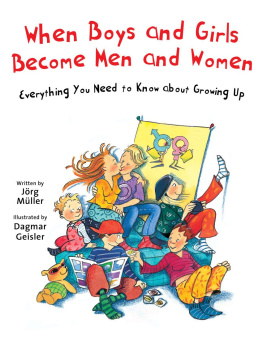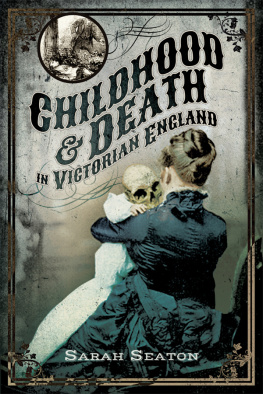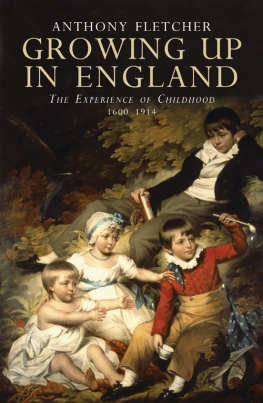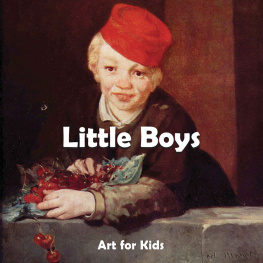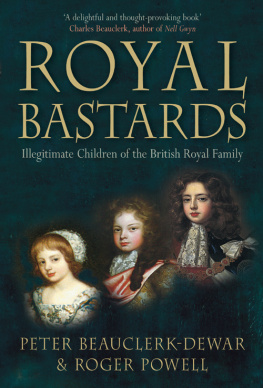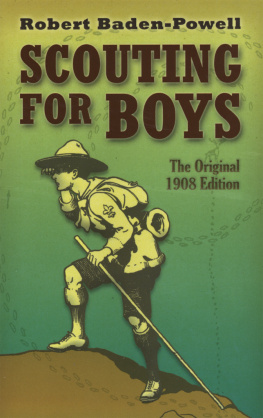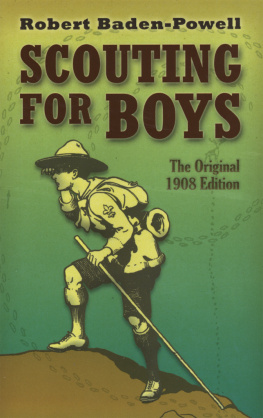First published in hardback in Great Britain in 2012 by Atlantic Books an imprint of Atlantic Books Ltd.
Copyright Fran Abrams, 2012
The moral right of Fran Abrams to be identified as the author of this work has been asserted by her in accordance with the Copyright, Designs and Patents Act of 1988.
All rights reserved. No part of this publication may be reproduced, stored in a retrieval system, or transmitted in any form or by any means, electronic, mechanical, photocopying, recording, or otherwise, without the prior permission of both the copyright owner and the above publisher of this book.
Every effort has been made to trace or contact all copyright holders. The publishers will be pleased to make good any omissions or rectify any mistakes brought to their attention at the earliest opportunity.
10 9 8 7 6 5 4 3 2 1
A CIP catalogue record for this book is available from the British Library.
Hardback ISBN: 978-1-84354-896-6
E-book ISBN: 978-1-78239-040-4
Printed in Great Britain
Atlantic Books
An imprint of Atlantic Books Ltd
Ormond House
2627 Boswell Street
London
WC1N 3JZ
www.atlantic-books.co.uk
Introduction
Alice Foley was a bright, lively child, born into a fractious, political, overcrowded, poor household in Lancashire towards the end of the nineteenth century. Her parents religious beliefs were not fervent, by any means, yet the little girl often found herself conflicted and concerned about the state of her soul. She could picture it, shaped like a shoulder of lamb and tucked neatly under her rib cage. But it was not, in her minds eye, as glistening white as it should be: Mortal and venial sins showed up like dark and light pencil marks on its virgin surface. These unseemly blotches caused untold anxiety and I wondered curiously why this small fraction of my anatomy should be so troublesome.
In those days, original sin still loomed large in the life of a child like Alice, not least because the elementary school she attended was run by nuns. Nor was her state of mind helped by the fact that day after day she scratched her slate beneath a picture of the Sacred Heart: Worst of all, below the breast the robe was pulled aside, revealing a pierced heart... with blood streaming down. This picture fascinated even whilst it sickened me with its gory details. I yearned so intensely for happiness and security, yet here was this daily reminder of sin, cruelty and mans betrayal.
Alice didnt know it at the time, of course, but her childish worries went to the core of a battle of ideas about childhood which by then had raged for centuries. What is a child? The arguments go back to the Enlightenment. Is a newborn infant, as Alice tended to feel, a marked and sinful thing, born out of mans depravity and in desperate need of redemption? Until 1693, when John Lockes treatise, Some Thoughts Concerning Education, was published, this notion of childhood had been the accepted wisdom. Yet Locke had turned this around: had Alice consulted him on the state of her soul, he would probably have told her to erase those pencil scratches from her mental vision. A childs soul was indeed pure white, he argued at least on the day he was born. It was, Locke said, a tabula rasa, a blank slate upon which man would make his own marks for good or for evil as the child grew.
Lockes notion of childhood would be controversial even today. Influenced by Dutch child-rearing practices, which were more benign than those common in Britain at the time, he thought children should be treated as individuals that is, that parents should attempt to influence through reasoned argument rather than by diktat: Slavish discipline makes a slavish temper.
Jean-Jacques Rousseau, entering the debate seventy years later with mile, Ou de lducation, scandalized Europe by positing the notion that a child was, in fact, neither inherently sinful nor a blank sheet on which man would write. Children were born pure, he said, but were inevitably corrupted as they grew: Everything is good coming from the Creator, everything degenerates in the hands of men. The book was considered so blasphemous that it was actually burned on the streets of Paris.
As Alice Foley would learn 100 years later, the landscape of childhood would continue to be shaped and fought over by these two opposing schools of thought. Indeed, it would be easy to characterize the story of childhood throughout the ages as the story of the epic struggle between the desire to see children as inherently flawed, even dangerous, and the desire to shape them as perfected, purified versions of our own adult selves.
Childhood, of course, inspires strong emotions. And so societys deepest, most persistent myths and tropes, its most potent fears and longings, find themselves imprinted upon its surface. If the adult world fears change, and feels uncertain about the future, then it looks askance at its children. What horrors are in store? Can they be trusted to carry the baton safely through the next generation? Or are things as one of those persistent tropes would constantly have us believe somehow degenerating, falling apart?
We are born with evil in us and cruelty is part of this, wrote William Golding after the murder of two-year-old James Bulger in 1993. If there is no one around to guide children then they go wrong... And when children go wrong they can often go wrong with a vengeance. There is such energy in a child, they are more powerful than any bomb.
Yet, conversely, if the adult world feels ready to embrace hope, and optimism, then the young are venerated and cherished:
Sweet babe in thy face
Holy image I can trace.
Sweet babe once like thee
Thy maker lay and wept for me,
wrote William Blake in the early nineteenth century.
If the writing of the story of childhood were left to the philosophers and the poets, it might look like this. It might chart the battleground between these two children: the child of Blake, innocent, vulnerable, in constant need of protection and emotional nourishment; and the child of Golding, inherently wicked and in need of adult help to drive Satan from its blemished soul. Indeed, in many respects, this book will set out to chart the sallies and the retreats in this particular war during the twentieth century. So fundamental is this moral debate to the way in which the adult world has viewed the child through the ages that it would be impossible for an account of childhood not to touch on it in some way, even if only in a peripheral, implicit manner.
So, where did the twentieth century take the child? Did the growing notion of the child as an individual, with individual rights, bring widespread joy? Or did the loss of the old certainty that parents were in control; that so long as they did their job adequately all would be well simply bring with it added anxiety, added grief? Did childrens gradual journey from the labour market into education empower them, or did it lead them into narrower, more restricted lives? Did girls, still destined, as ever, at the end of the nineteenth century for lives of childbearing and subservience, use their new freedoms to real advantage, or did they still struggle to throw off that yoke?
The story of childhood during the twentieth century is a story that could be sliced and told in so many different ways. It could be a story of steady or even unsteady progress for the child: better housing, better health services, a better understanding of diet. While the social evils identified by Joseph Rowntree in 1904 poverty, intemperance, impurity and drugs, to name a few would certainly continue to impact on the child, the absolute poverty of the Victorian inner city, with its child workers and street urchins, its relentless diet of tea and bread, and its life-shatteringly high death rate, would become a thing of the past. The twentieth century, of course, was the century in which infant mortality dropped from around 140 early deaths per 1,000 births to around six per 1,000. And so, seen from the viewpoint of the social reformer, the century could be read as a good one.


